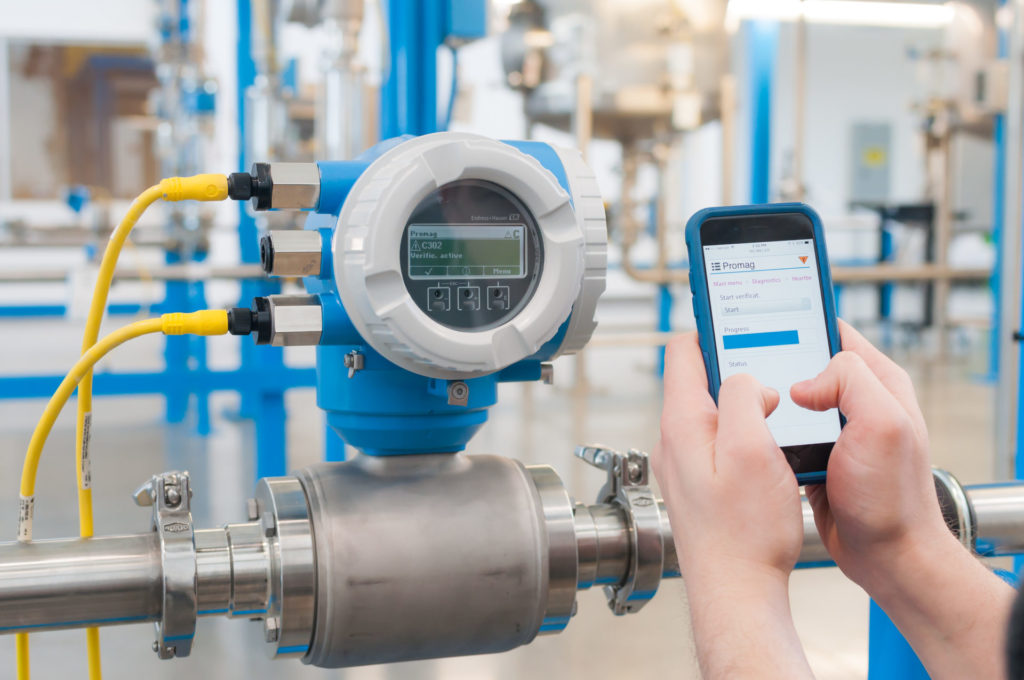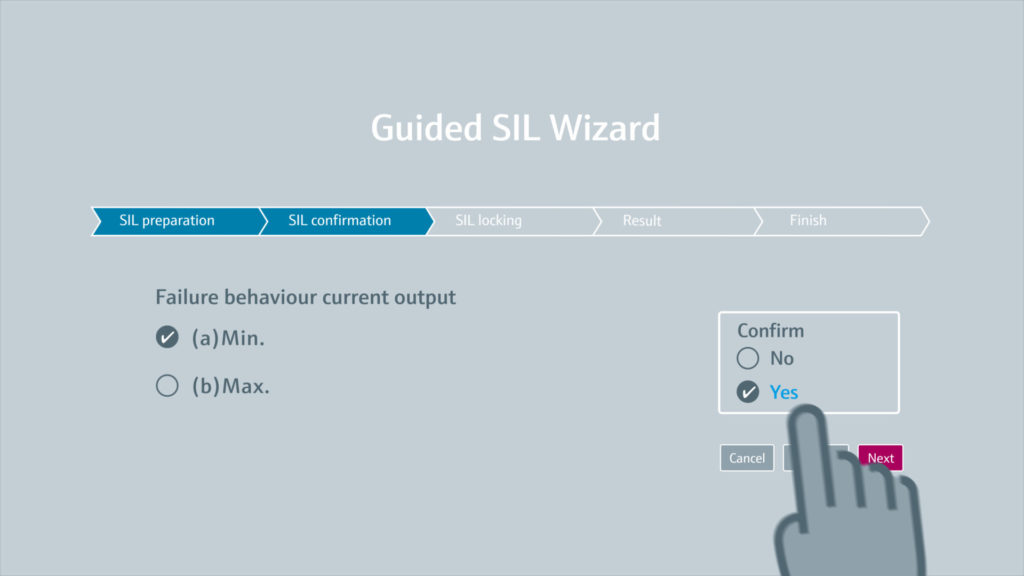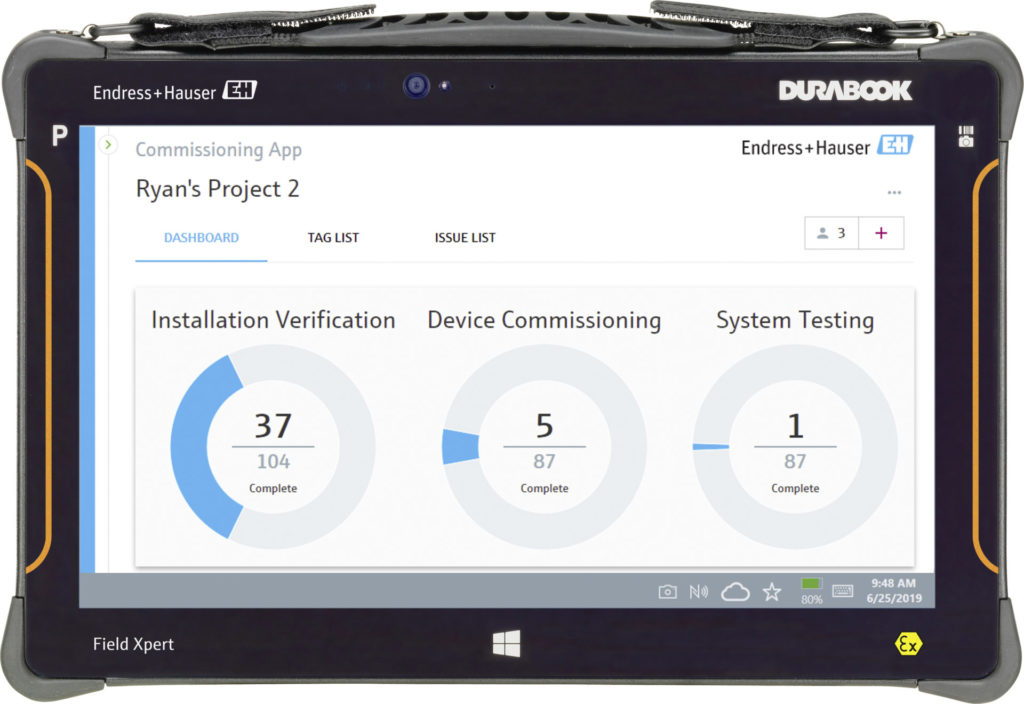Return on investment of Raman instrumentation in upstream bioprocessing
In upstream bioprocessing, the product is the process. Having a consistently high-quality process means that the product’s Critical Quality Attributes […]
In today’s manufacturing environment, process automation professionals can choose from a multitude of widgets and innovations to help their plants run more smoothly. This raises questions as to what makes new technology useful and not just another piece of equipment that collects dust and never actually gets integrated.
So how do you select the right tools? Ashley David, Endress+Hauser’s Level+Product Marketing Manager outlines some tips.
Before deciding to install the newest widget in the market, it’s important to evaluate the everyday work and demands of the equipment end users to understand their pain points and bottlenecks. This will help you pinpoint what is truly beneficial and what would be a “shiny new object”.
While everyone’s needs and reasonings for change will differ, it can often be boiled down to three needs: simplicity, safety and productivity. These are interconnected points that provide a solid basis for evaluating new technologies. This sentiment is shown in the example of instrument apps.

Smartphone apps are a relatively new tool in the industrial arena, although they have been in use for more than a decade in the consumer and commercial sectors. We can analyze apps through the lens of safety, simplicity and productivity and see where they chalk up.
With smartphone apps, technicians don’t need to open electrical panels or instrument housings to establish the connectivity required for commissioning and diagnostics. Commissioning wizards walk a technician through the entire startup process, while ensuring that no steps are skipped.
This type of automated guidance is especially valuable when working with safety integrity level (SIL) instrumentation to ensure devices in a safety instrumented system function as intended. For example, overfill protection is often provided by level instrumentation rated for SIL service.
Additionally, cybersecurity is an often-overlooked aspect of safety, and it should be inherent with any Bluetooth app intended for use in industrial applications. So, although most apps do improve safety, it’s important to look for some key features such as:

In addition to safety enhancements, Bluetooth communication eases maintenance tasks by eliminating the need for handheld communicators, which may require periodic updates. Guided commissioning ensures all bases are covered, converting a complex set of steps to a simple procedure, and built-in reporting eliminates the need for manual pen-and-paper procedures.
The ability to access the reports generated by verification and monitoring software makes documentation much simpler, as well. Rather than manually filling out a report each time a setting is changed or when an instrument is checked, technicians can generate an “As Found” file before, and an “As Left” file after assessing the instrument. This eliminates any questions about who made the adjustment or why it was made, which provides homogeneity among technicians.
Imagine walking all the way across a plant to the instrument shop, grabbing a communicator (if one is available), walking back to the other side of the plant and then climbing up the side of a tank only to discover that the handheld does not have the proper EDD or DTM file loaded to communicate with the instrument requiring service. This problem becomes even more pronounced the larger the plant.
Instead, Bluetooth apps enable plant personnel to connect to instruments from up to 30 feet away, so they don’t need to scramble through tight or dangerous spaces to access hard-to-reach transmitters. This empowers technicians to work with the smartphone they always carry, and it alleviates the requirement to keep dedicated, wired plant communicator devices’ batteries charged, device type manager (DTM) catalogs current, and firmware updated.
Verification and monitoring software provides homogenous report generation, so technicians can document issues without having to type or open a separate laptop or other device. Everything is at their fingertips, quite literally. One single problem that may have lasted the entire workday now can be solved in a fraction of the time.

While a smartphone app, along with verification and monitoring software, were used in this example, the guidelines of safety, simplicity and productivity can be used to evaluate any new process automation technology or innovation.
Implementing the latest widget or tool in the market only matters if it provides intrinsic value to plant personnel. Investment in new products requires a specific need to be met, along with justification for changing standard operating procedures that may have been in place for decades.
When the above criteria are satisfied, enhancements are much more likely to provide expected improvements in productivity.
In upstream bioprocessing, the product is the process. Having a consistently high-quality process means that the product’s Critical Quality Attributes […]
Greg Pryor is the Temperature Product Marketing Manager at Endress+Hauser USA. To help answer some questions surrounding temperature transmitters, we […]
In recent years, the biopharmaceutical industry has increasingly recognized the value of flexible manufacturing to meet variable production demands. This […]